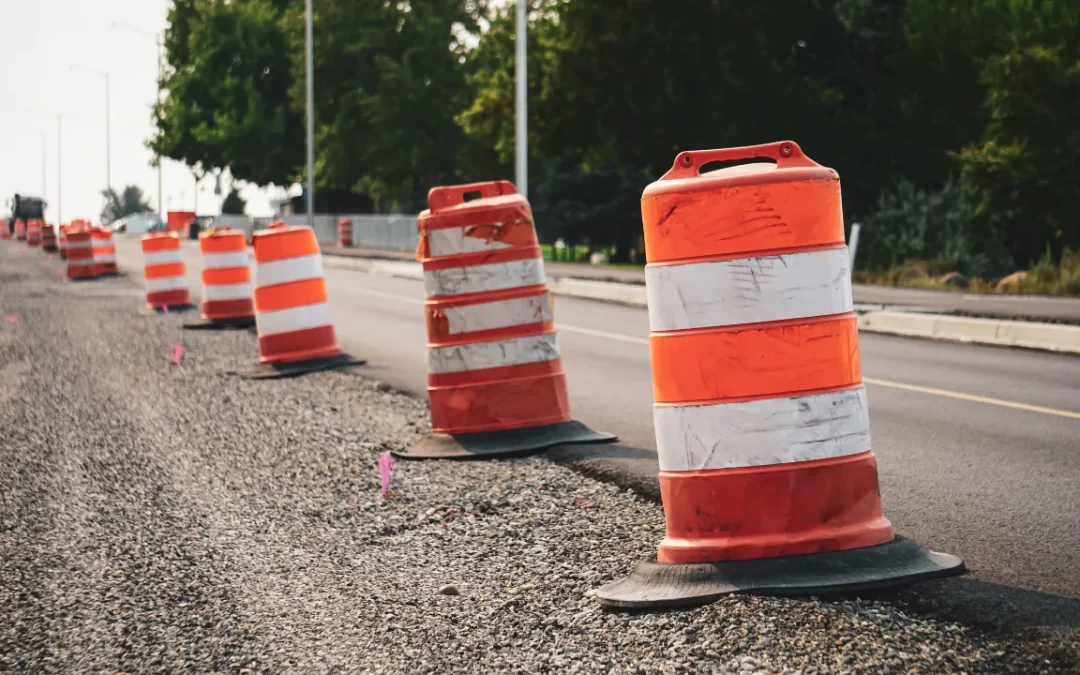Importance of Commercial Driver Safety in Work Zones

Why Work Zones Are High-Risk Areas
Statistics on Work Zone Accidents
According to the Federal Highway Administration, there were 891 fatalities in work zone crashes in 2022. Of these incidents, 30% of them involved a commercial motor vehicle. These alarming statistics highlight the need for stringent safety measures and adherence to work zone safety tips.
The Role of Fleet Managers
Fleet managers play a crucial role in promoting safety within their teams. By providing adequate training and resources, they can ensure that their drivers are well-equipped to handle the challenges of work zones. Regular safety briefings and updates on new regulations can go a long way in minimizing risks.
Plan Your Route in Advance
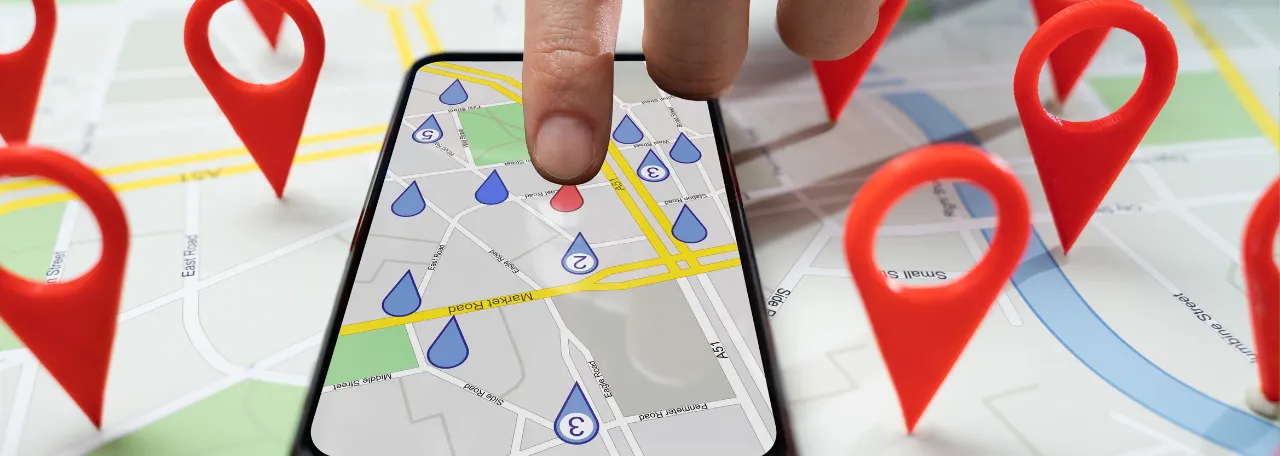
Use Reliable GPS Systems. Modern GPS systems often include real-time updates on road conditions, including work zones. Utilizing these can help you find alternative routes and avoid potential delays. Make sure your GPS is up-to-date and reliable.
Check for Road Closures. Before hitting the road, check for any planned road closures along your route. Websites like the Department of Transportation (DOT) provide up-to-date information on construction zones and closures.
Communicate with Dispatch. Maintaining open communication with your dispatch team can be invaluable. They can provide real-time updates and suggest alternative routes to help you avoid congested areas.
Slow Down and Follow Posted Speed Limits

Understand the Importance of Speed Limits. Speed limits in work zones are typically lower than usual to account for narrower lanes and the presence of workers. Adhering to these limits can significantly reduce the risk of accidents.
Know the Consequences of Speeding. Speeding through work zones can result in hefty fines and penalties. More importantly, it increases the likelihood of collisions, which can have severe consequences for everyone involved. Speed is the most common contributing factor in fatal crashes.
Practice Patience. Patience is a virtue, especially when navigating through work zones. Understand that delays are sometimes unavoidable, and it’s better to arrive late than not at all. Keep yourself, others on the road, and the workers in construction zones safe.
Maintain a Safe Following Distance
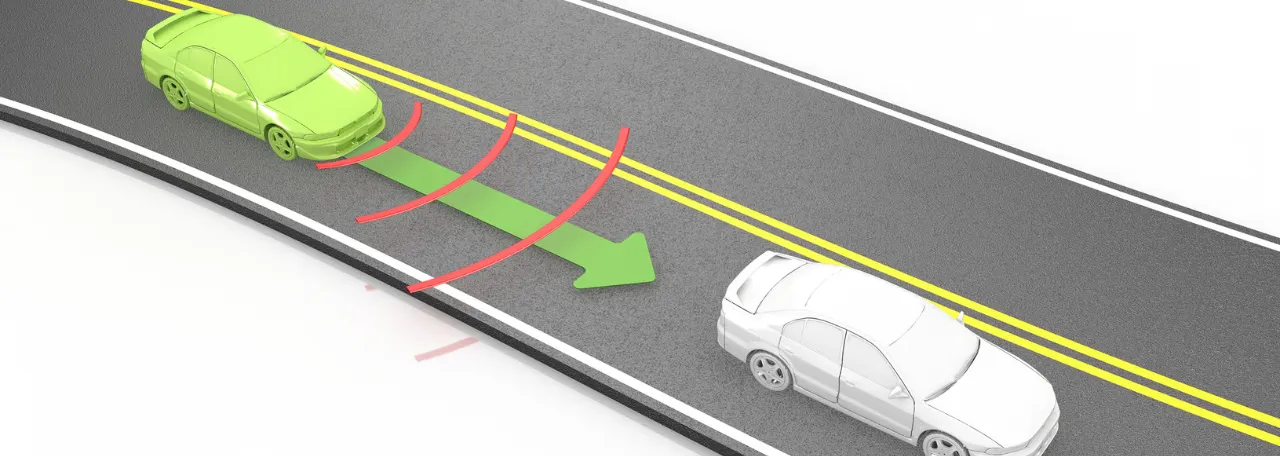
Follwo the Three-Second Rule. The three-second rule is a good guideline to follow. Ensure that there is at least a three-second gap between you and the vehicle ahead. This allows adequate time to react to sudden changes in traffic flow.
Adjust for Larger Vehicles. The heavier your vehicle is, the more time it will take to bring the vehicle to a stop. Given the size and weight of trucks, it’s advisable to increase this gap to five seconds. This extra space can make a significant difference in stopping time.
Be Prepared for Sudden Stops. Work zones are unpredictable, and sudden stops are common. Always be prepared and stay alert to avoid rear-end collisions. Defensive driving is a must.
Stay Alert and Minimize Distractions

Avoid Using Mobile Devices. Using mobile devices while driving is not only illegal but also extremely dangerous. If you need to make a call or send a text, pull over safely before doing so.
Keep an Eye on Road Signs. Road signs provide valuable information about upcoming hazards, lane changes, and speed limits. Pay close attention to these signs to stay informed and prepared.
Use Hands-Free Systems.
If you must use communication devices, opt for hands-free systems. These allow you to keep your hands on the wheel and your eyes on the road.
Be Prepared for Lane Shifts and Merges
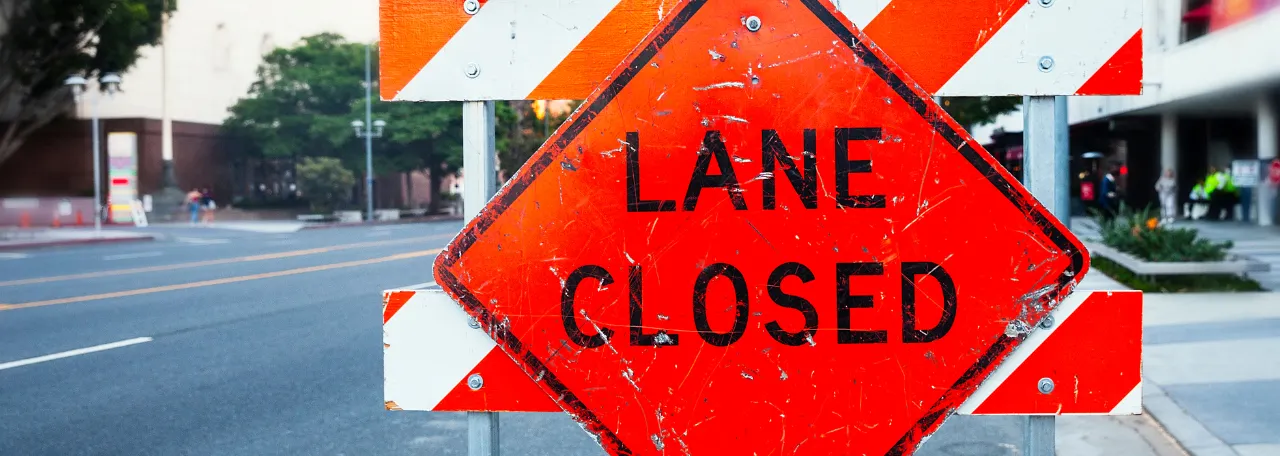
Follow Road Markings. Road markings are designed to guide you through lane shifts and merges. Follow them closely and stay within the designated lanes.
Use Your Turn Signals. Always use your turn signals well in advance to indicate your intentions. This helps other drivers understand your movements and reduces the risk of collisions.
Watch for Workers and Equipment. Construction workers and equipment are frequently present in work zones. Stay vigilant and be prepared to stop or slow down as needed.
Communicate with Other Drivers

Use Headlights and Hazard Lights. Using your headlights and hazard lights can improve your visibility to other drivers. This is especially important in low-light conditions or adverse weather.
Make Eye Contact. When possible, make eye contact with other drivers to ensure they see you. This can be particularly useful at intersections and merges.
Use Your Horn Sparingly. While it’s important to communicate, use your horn sparingly. Excessive honking can startle other drivers and create unnecessary tension.
Understand and Adhere to Construction Zone Regulations
Understand and Adhere to Construction Zone Regulations
Practice Defensive Driving
Regularly Update Your Training
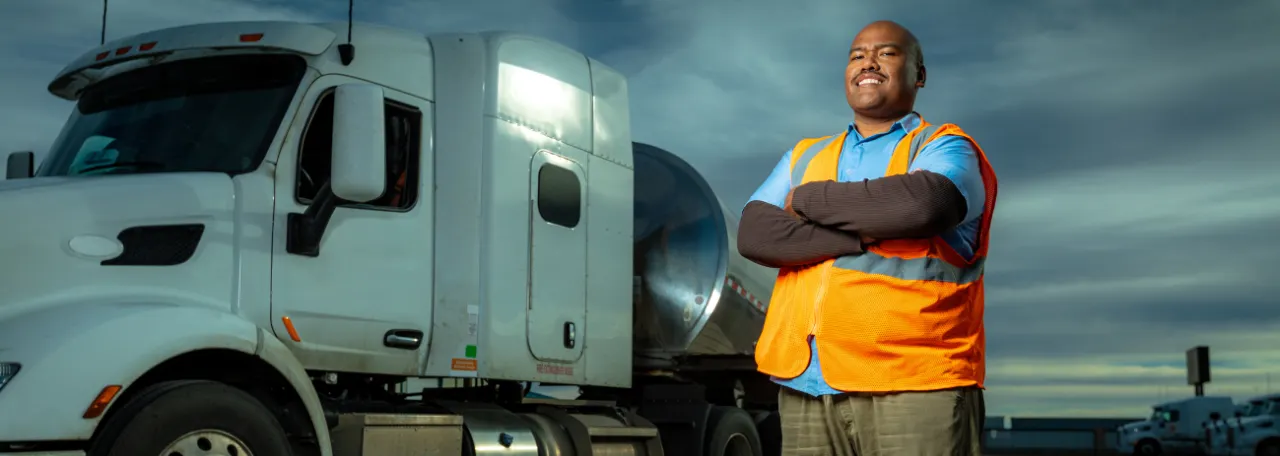
Driving through work zones requires extra caution and adherence to CDL safety tips. By planning your route, maintaining a safe speed, and staying alert, you can ensure a safer and smoother journey. Remember, the goal is to arrive safely, even if it means taking a bit more time. For more tips and resources on safe driving practices, consider joining a community of like-minded professionals who prioritize road safety.
Stay safe and drive smart!
Looking for safe and reliable Expedited Freight Services?
Give Straight Shot Express a call today at (920) 722-0956.

